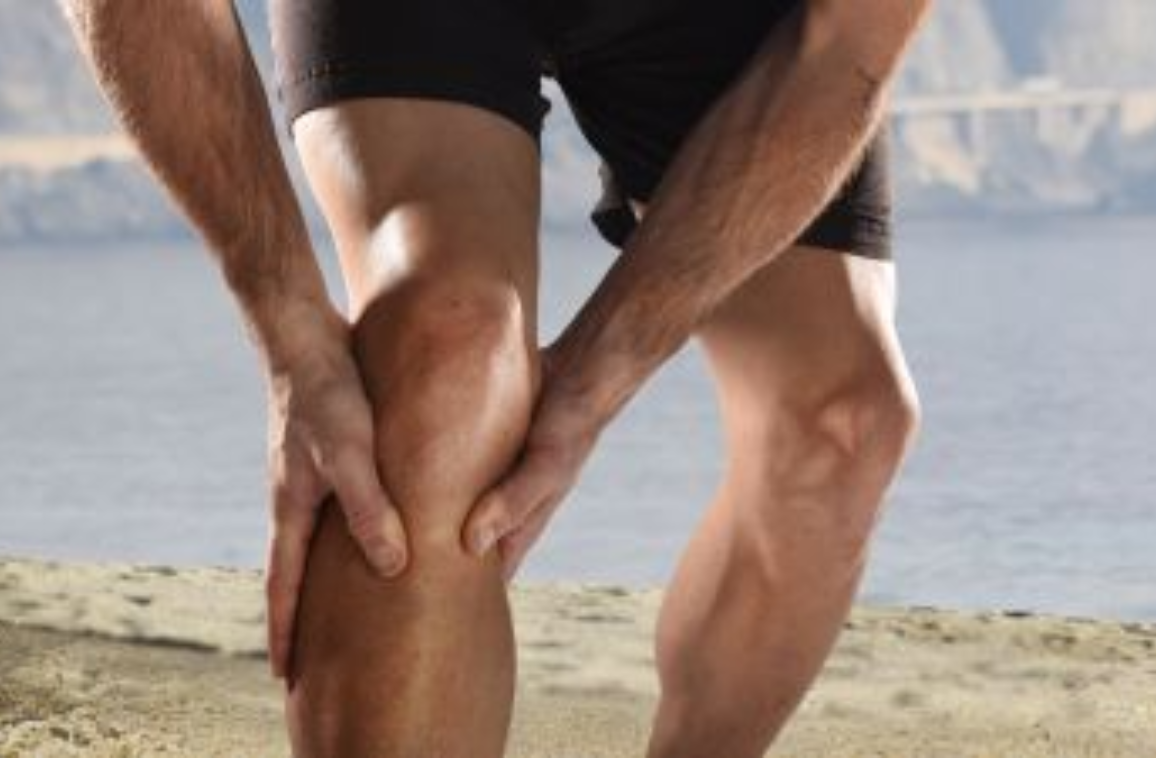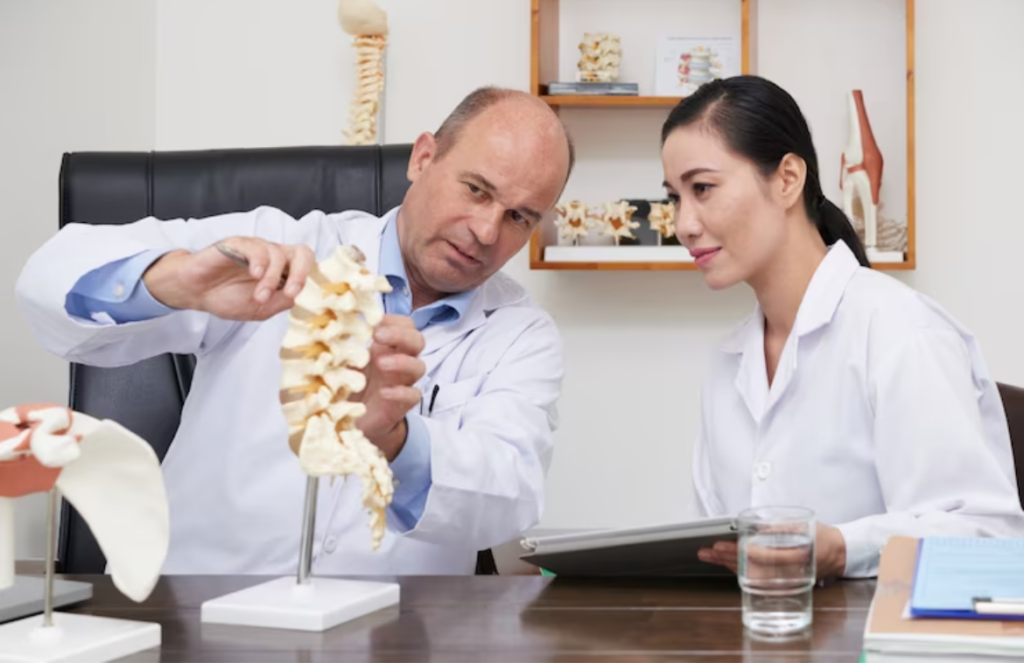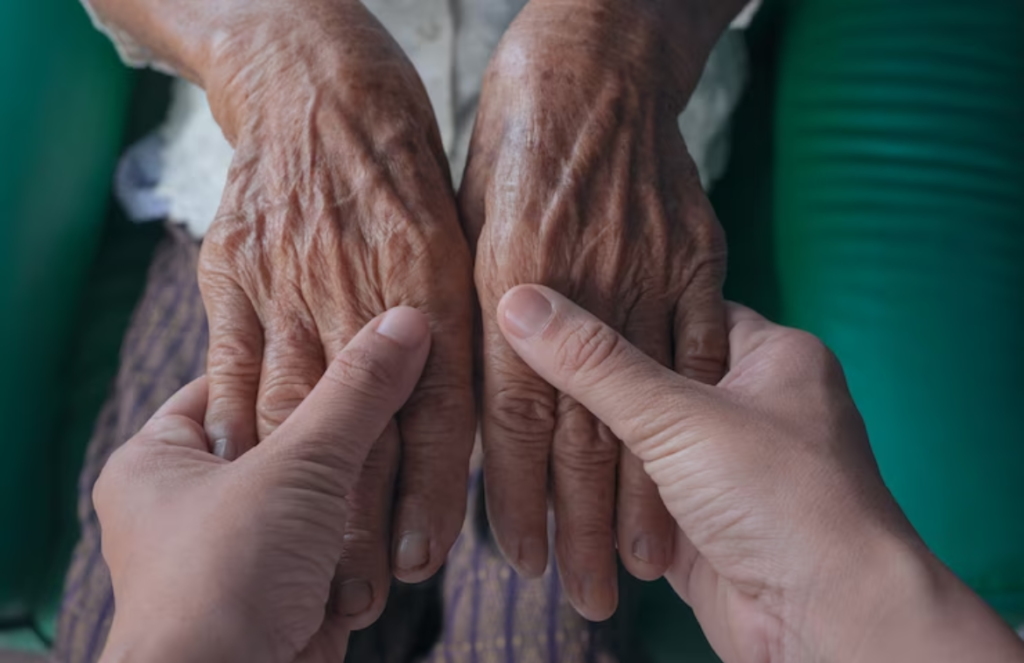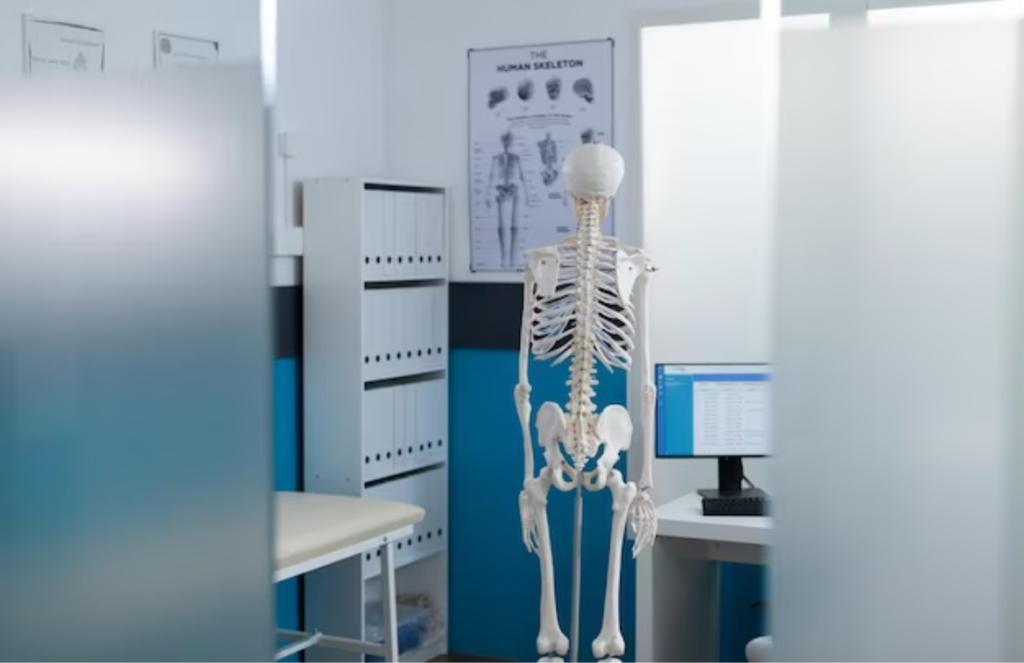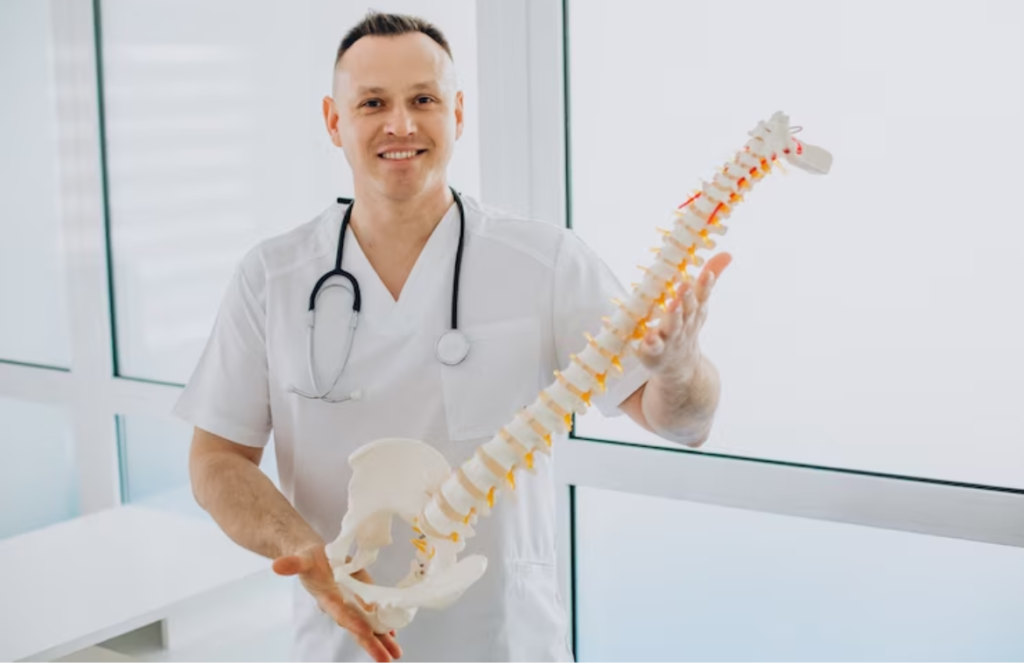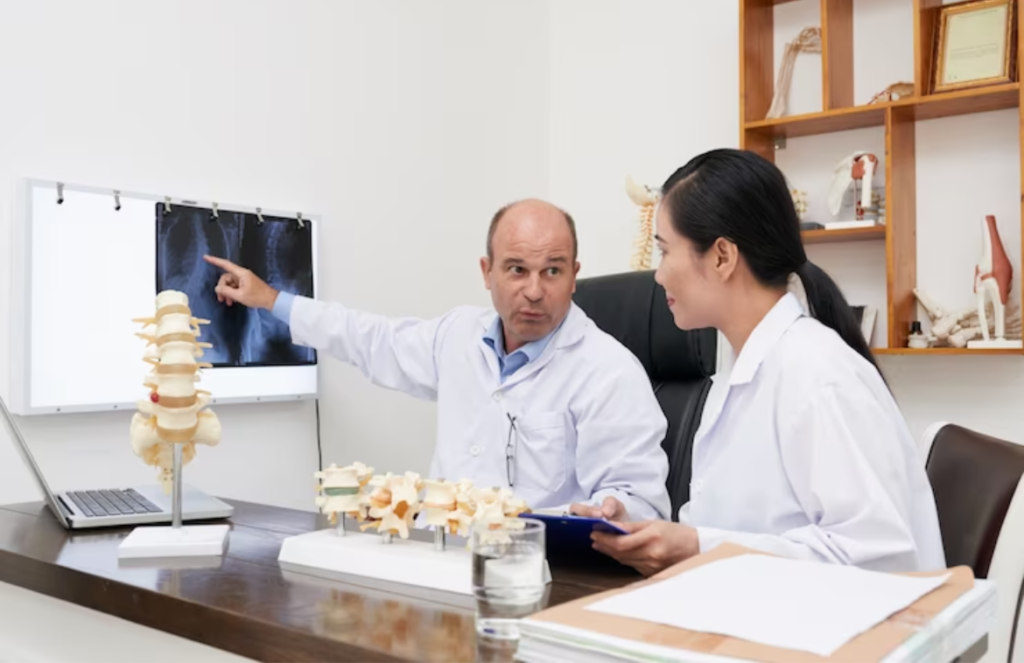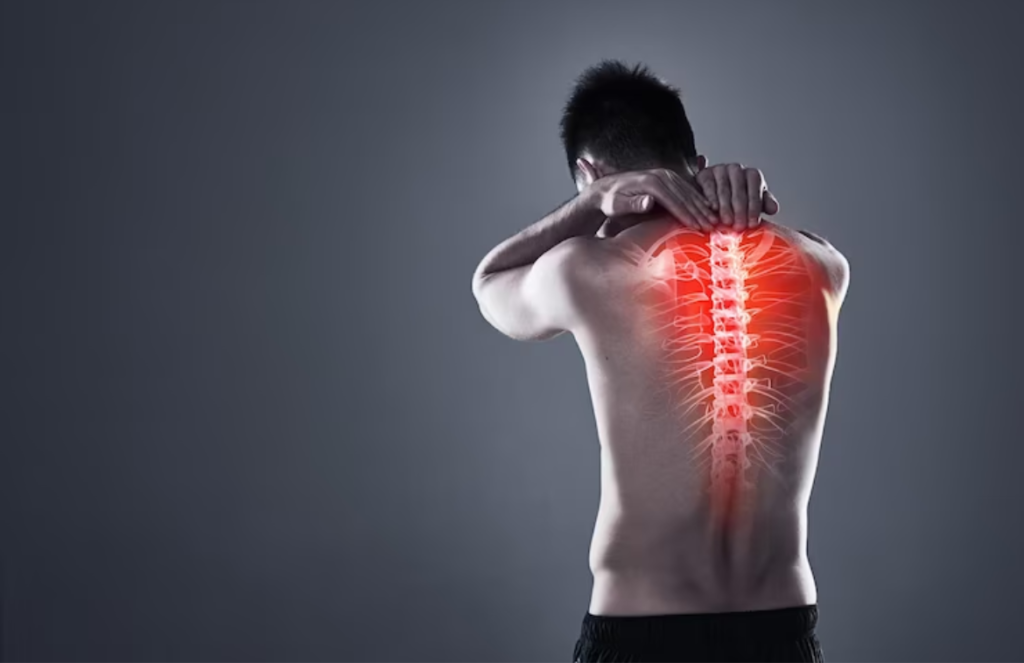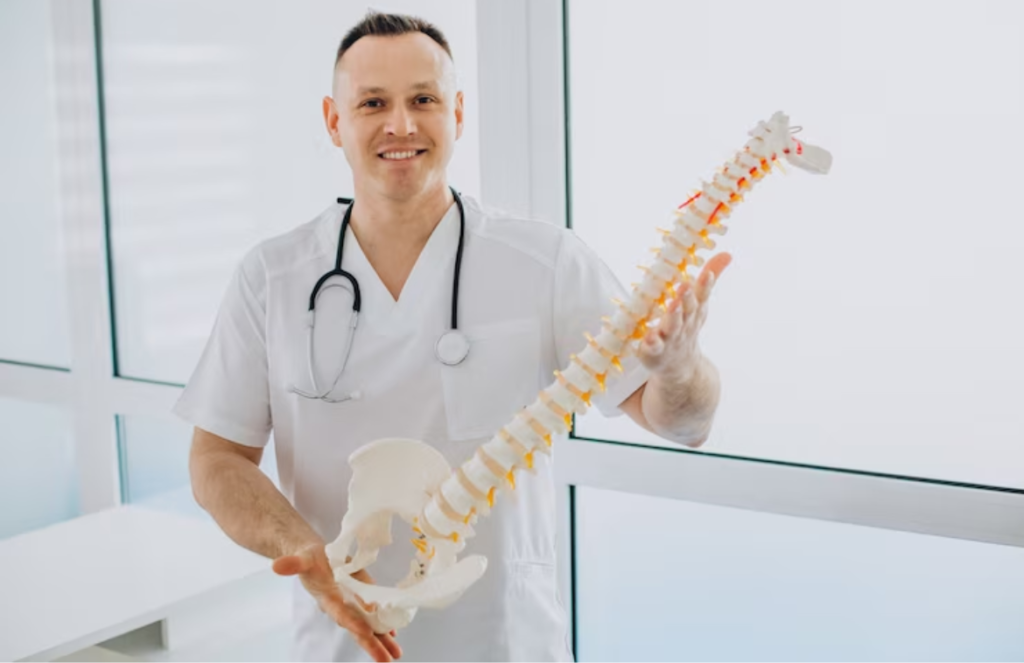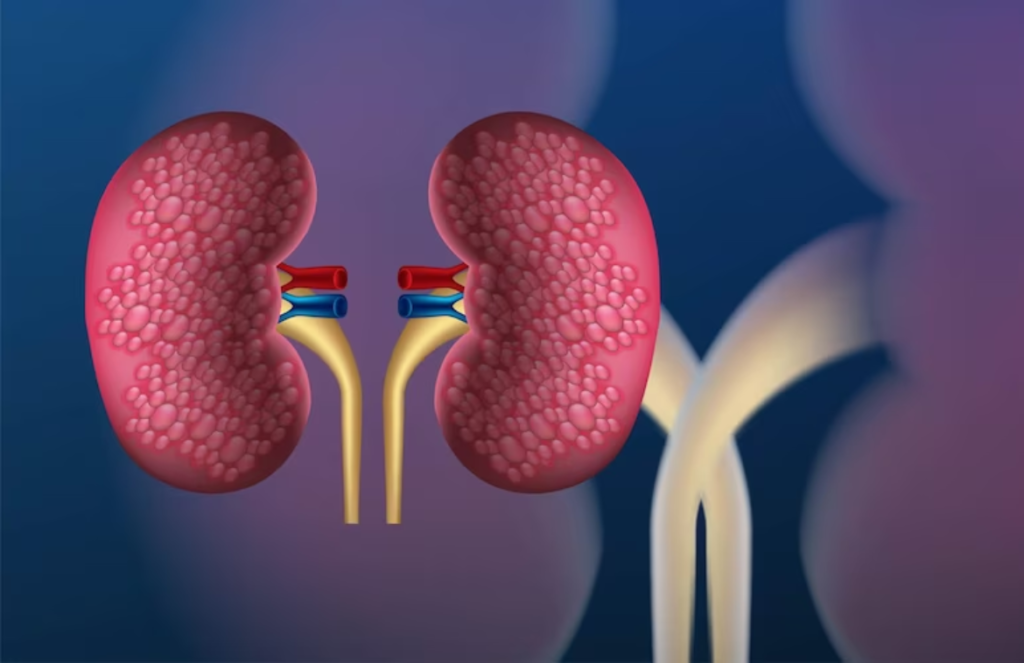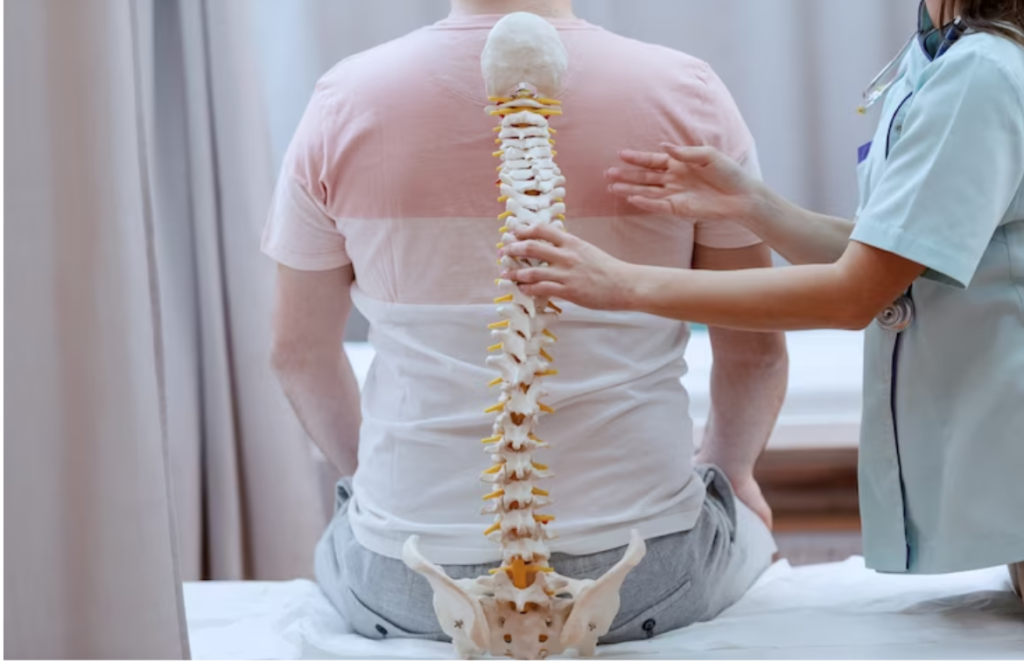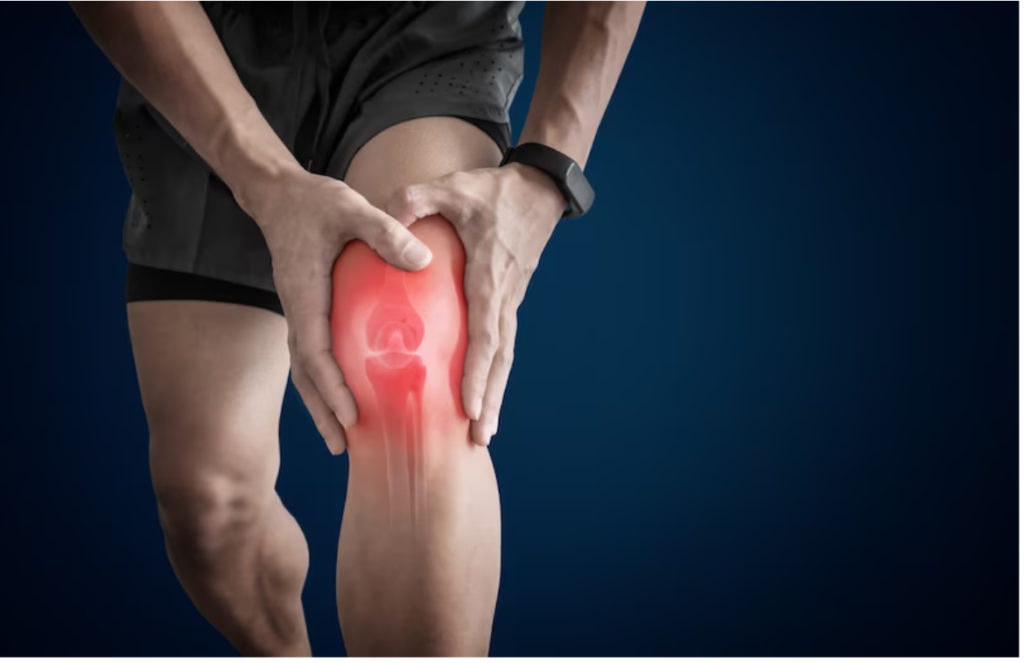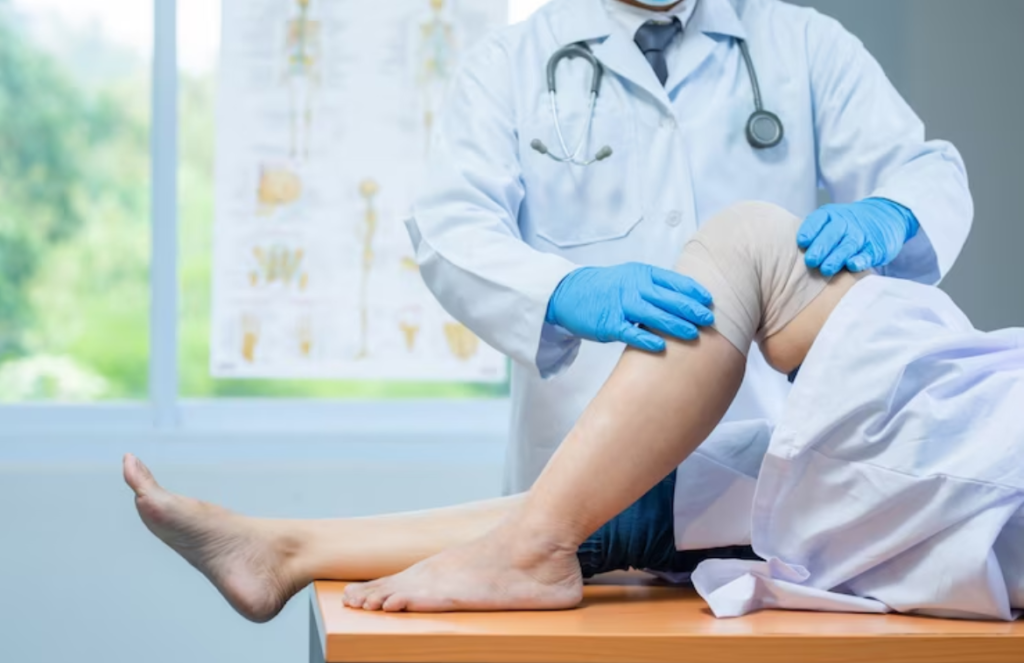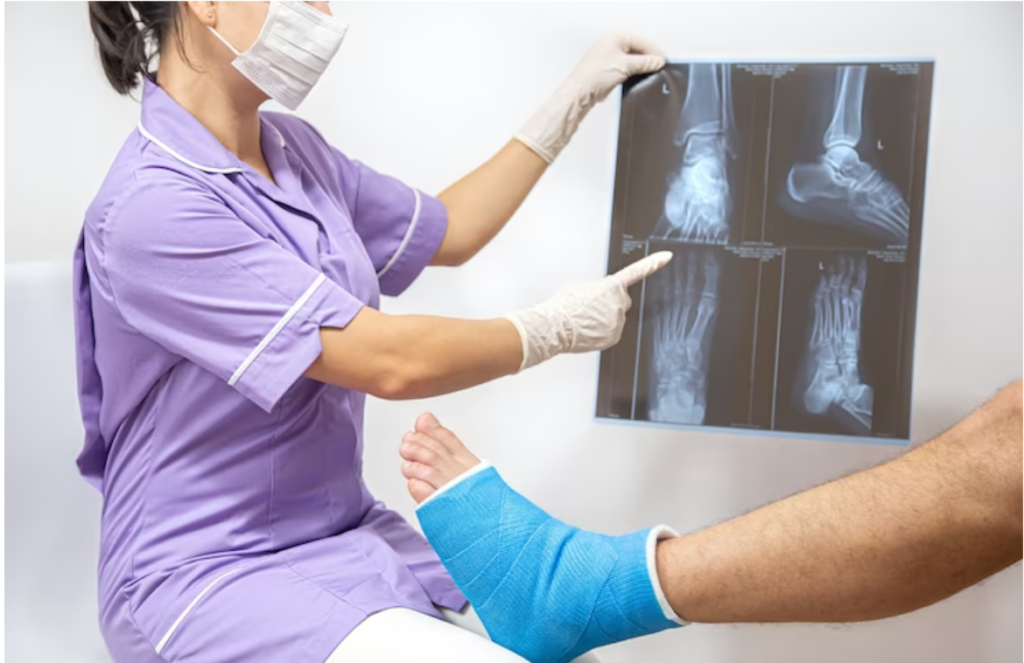Baker’s cyst pain needs to be referred to a specialist. It is also called a popliteal cyst and is a sac of fluid that forms behind one’s knee. Exercises are there, along with medical treatment as well.
Baker’s cysts do tend to feel hard when the knee is fully extended and soft when the knee is bent. Physical therapists do call this change in density a Foucher’s sign.
Most Baker’s cysts cause no symptoms. A person will only realize that they do have the health issue when the doctor discovers it as part of a routine examination or a test for another issue. This sort of cyst can indeed cause pain or even swelling, which can limit movement.
Baker’s cyst pain, at times, does go away without treatment. A doctor is, in fact, unlikely to recommend medical intervention unless the cyst does cause discomfort or difficulty moving one’s knee.
Several remedies and exercises can help reduce any symptoms of Baker’s cysts and also prevent them from forming.
Exercises
A Baker’s cyst can feel soft when a person bends their knee. Exercises that focus on preserving the knee’s range of motion can ease pain and also prevent muscle weakness.
Before trying any exercise for a Baker’s cyst, speaking to a doctor or physical therapist is better. The wrong exercise can injure the knee, intensifying pain.
Exercises benefiting a person with Baker’s cyst:
Standing calf stretch
- Stand up straight in front of a chair or another heavy piece of furniture, and then use it for balance, if required.
- Step back with one’s right leg, then bend both knees until there is a stretch.
- Hold this stretch for 20 seconds, then switch sides.
Heel lift
- Sitting in a chair with both feet flat on the floor and the knees at a 90-degree angle helps.
- Lift a heel while keeping the ball of one’s foot on the floor.
- Push the top of the knee down to flatten one’s foot. Repeat this 10 times, then, of course, switch sides.
Calf stretch
- Sit on the floor with the legs extended straight out in front of one self.
- Loop a towel or even an exercise band under the balls of the feet, then gently pull backward.
- Hold the stretch for about 10 seconds, then switch sides.
Walking
Baker’s cysts often form as a result of a knee injury. During recovery, walking can indeed help a person slowly regain strength and mobility.
If a person does need to change their gait or even contort a knee into an unusual position to walk comfortably, it may not be quite safe to walk yet. Consult a doctor or physical therapist.
Remedies
These home care strategies can help alleviate symptoms of a Baker’s cyst or even prevent one from forming:
- Applying ice or cold packs to the cyst will reduce pain and swelling.
- Applying heat to the area. Few people do find that alternating ice and heat works well.
- Take non-steroidal anti-inflammatory drugs like acetaminophen or ibuprofen.
- Avoiding any sort of activity that does cause pain. If walking is painful, make use of crutches to reduce pressure on one’s injured knee.
- Gently massage the area around the cyst to ease any pain and also help reduce inflammation.
Prevention
A Baker’s cyst often does appear following a knee injury. Preventing knee injuries is the best way to prevent these cysts from developing. To avoid baker cyst pain, following these measures helps:
In order to avoid injuring the knee:
- Wearing supportive shoes that fit well helps.
- Warm up before exercise and sports, and cool down afterward.
- Refrain from exercising on a knee that is tender and painful.
- Seeking treatment for any knee, leg, or foot injuries. An injury to one area of the body can increase the risk of falls and further harm.
Conclusion
Few Baker’s cysts go away on their own, but a variety of remedies, exercises, and medical treatments do help resolve these cysts.

